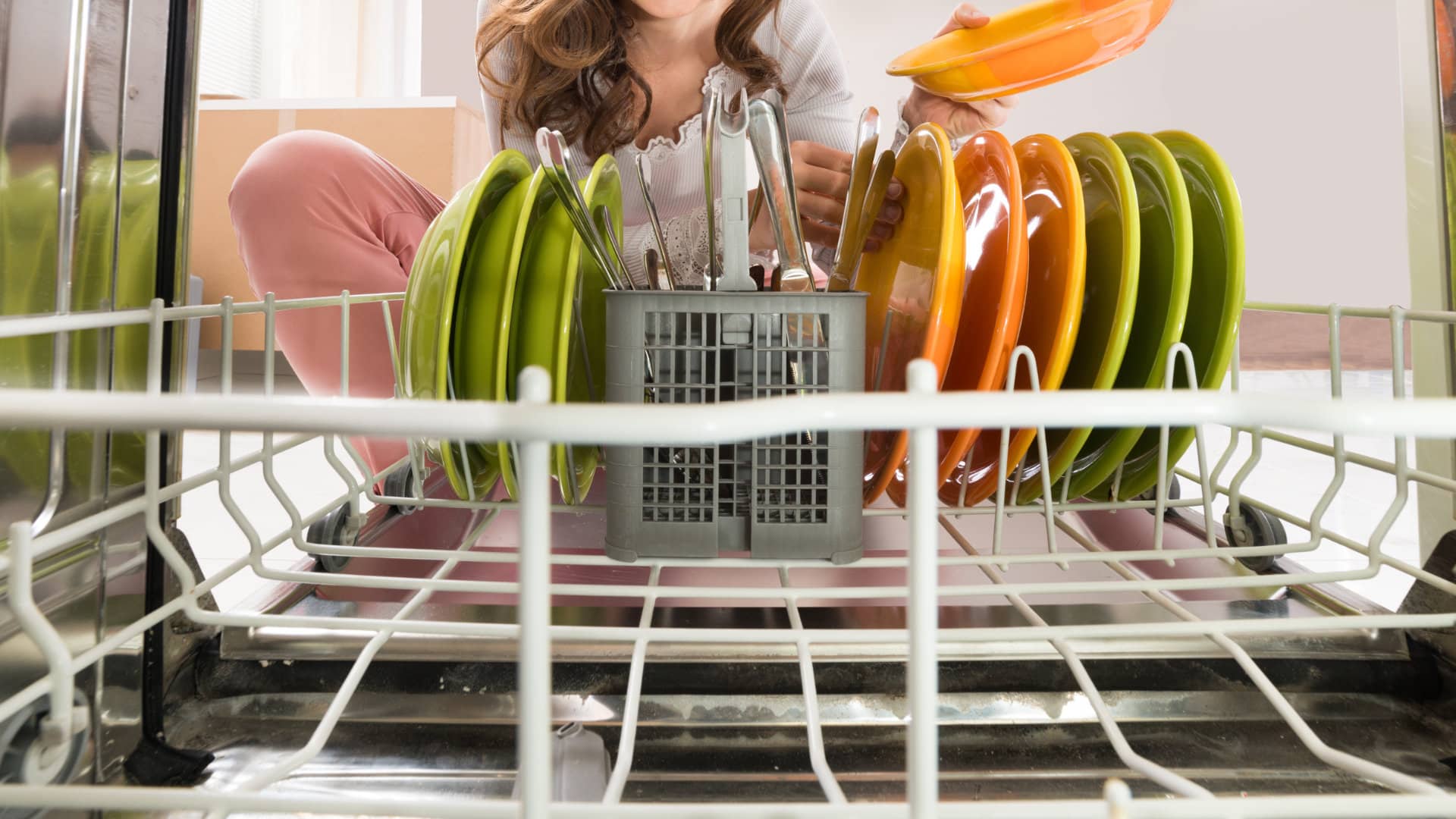
While it’s tempting to simply put your groceries in the fridge quickly when you get home from the store, if you follow some simple organizing tips, you’ll allow your food to last much longer.
This guide goes through every compartment in your fridge, including the door shelves, the crisper drawer, and the deli compartment, to let you know which food items should go in each of them. If you follow these tips, you’ll reduce food waste and decrease the chances of you and your family getting sick from food-borne illnesses.
While different refrigerators have different shelf setups, this guide should give you some good ideas for how to organize your fridge regardless of which make and model you own.
Let’s start with the door shelves.
What to keep on the door shelves
The door shelves are the best place to put items like butter, condiments, drinks, and cooking oils. This is because the temperature is slightly warmer so isn’t suitable for items like eggs and milk but is ok for items that won’t be damaged if their temperature goes up and down a few degrees regularly (for example, when you open the fridge door).
What to put in the meat/deli compartment
If your refrigerator has a meat/deli compartment, it is an excellent place to put all of your meats, cheeses, and other deli items. On some models, you can adjust the temperature in the meat/deli compartment to help keep your meats and cheeses fresher for longer.
What to put in the crisper drawers
Crisper drawers are where you should keep your fruit and vegetables. They have been specially designed for fruit and vegetables to help keep them fresher for longer. Many refrigerators have low-humidity crisper drawers and high-humidity crisper drawers that are suitable for different types of produce. For example, vegetables like lettuce and spinach that wilt are best in a high-humidity crisper drawer and fruits are generally best in the low-humidity drawer.
Where to put different types of fruits and vegetables
The low-humidity drawer is best for fruits and vegetables such as:
- Grapes
- Melons
- Apples
- Avocados
- Mushrooms
- Peaches
- Pears
- Plums
- Nectarines
- Peppers
The high-humidity drawer is best for fruits and vegetables such as:
- Broccoli
- Carrots
- Green onions
- Cauliflower
- Spinach
- Other leafy greens
What to put on the lower shelf
The lower shelf is ideal for food items like eggs, milk, fish, and meat as it’s the coldest part of your fridge. This means those items will stay cooler, which helps reduce the chances of bacteria developing which can cause you to get sick.
What to put on the upper shelf
The upper shelves in your refrigerator tend to be a little bit warmer than the lower shelves so are the best place to put items like yogurt, hummus, jam, jelly, peanut butter, and leftovers. Don’t put eggs and milk on the upper shelves as they will go off quicker.
What food shouldn’t go in a fridge?
There are a few food items that you shouldn’t keep in the refrigerator. This is because refrigeration can cause them to spoil quicker, stop them from ripening, stink out of your fridge, and absorb flavors and smells from other items in your fridge.
Here are the main food items that you should store in your refrigerator:
- Onions. Whole onions should be stored in your pantry. However, onions that have been cut up can go in the fridge (in a container).
- Bananas. To ripen, bananas need to be kept at room temperature. The air and light outside of your fridge also help to keep them fresh for longer.
- Coffee. The best place to keep your coffee is in a sealed container outside of your fridge. When it’s stored in the fridge, it will absorb flavors from other food items.
- Tomatoes. The best place to store tomatoes is outside of your refrigerator in a bowl on your kitchen counter. This will help preserve their texture and help them ripen if required.
- Honey. Honey should be kept in a dark, cool spot like at the back of your pantry or a cupboard. This will help keep it safe to eat for a very long time.
- Oil. Oils solidify when kept in the fridge. For this reason, keep them in your pantry or a cupboard.
- Melons. Melons should be kept on your kitchen counter until you eat them. Once cut, they can be kept in the fridge.
- Avocado. These can be kept in a bowl on your kitchen counter until they are ripe. Once ripe, they can be kept in the fridge.
- Fresh herbs. Herbs like thyme, rosemary, and basil lose their flavor when kept in the fridge. For this reason, keep them in a glass container with a little bit of water without a lid on them.
- Bread. Bread can dry out and become stale when kept in the fridge. For this reason, it’s best to keep your bread in the pantry. Once it’s getting close to going off, put it in the freezer.
- Potatoes. Keep your potatoes in the pantry in a dry, cool space. They will last much longer than if refrigerated.
Garlic. Keep your garlic in a cool, dry spot like in the pantry or on the kitchen counter.
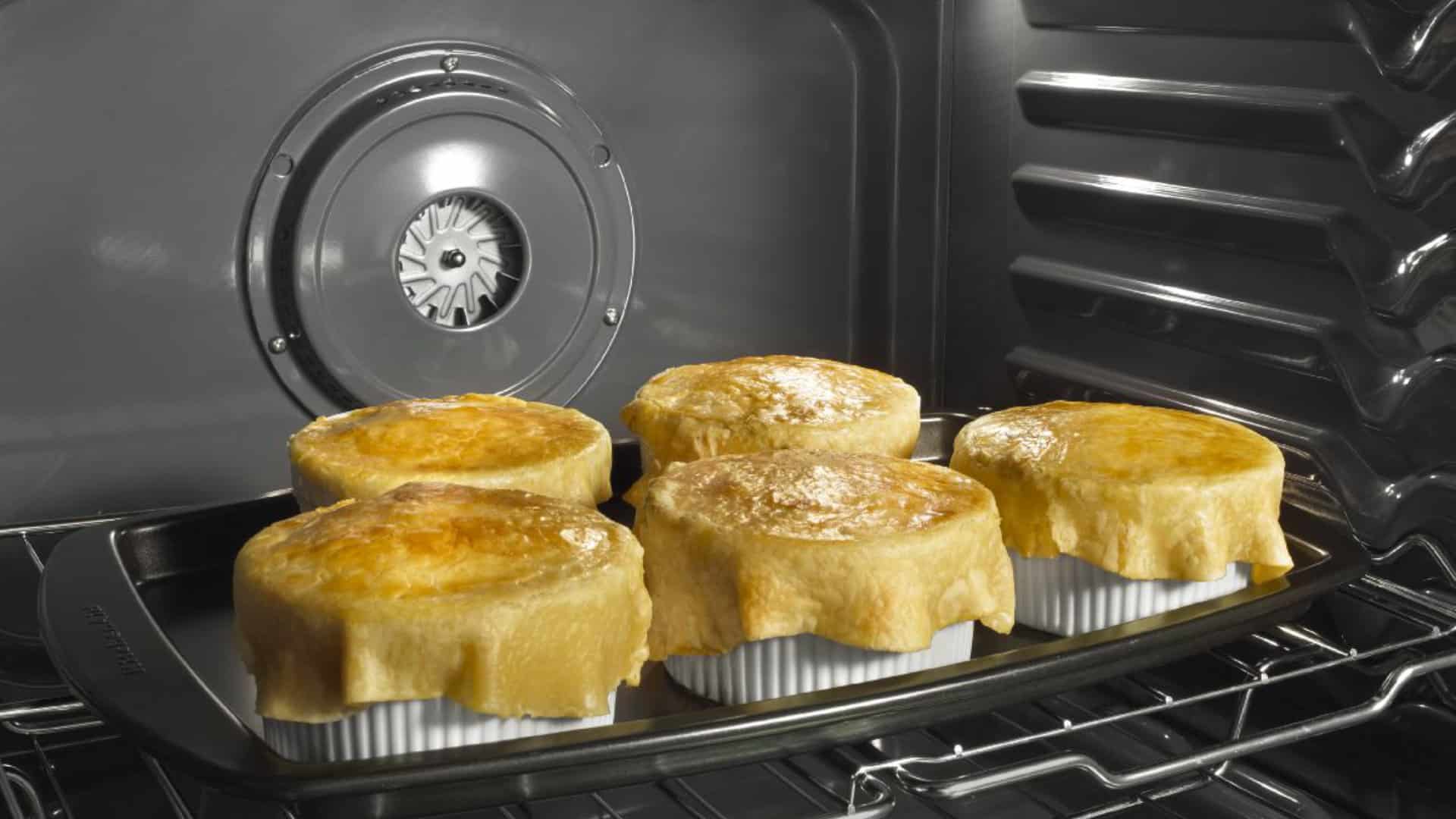
How to Fix Whirlpool Stove F9 Code
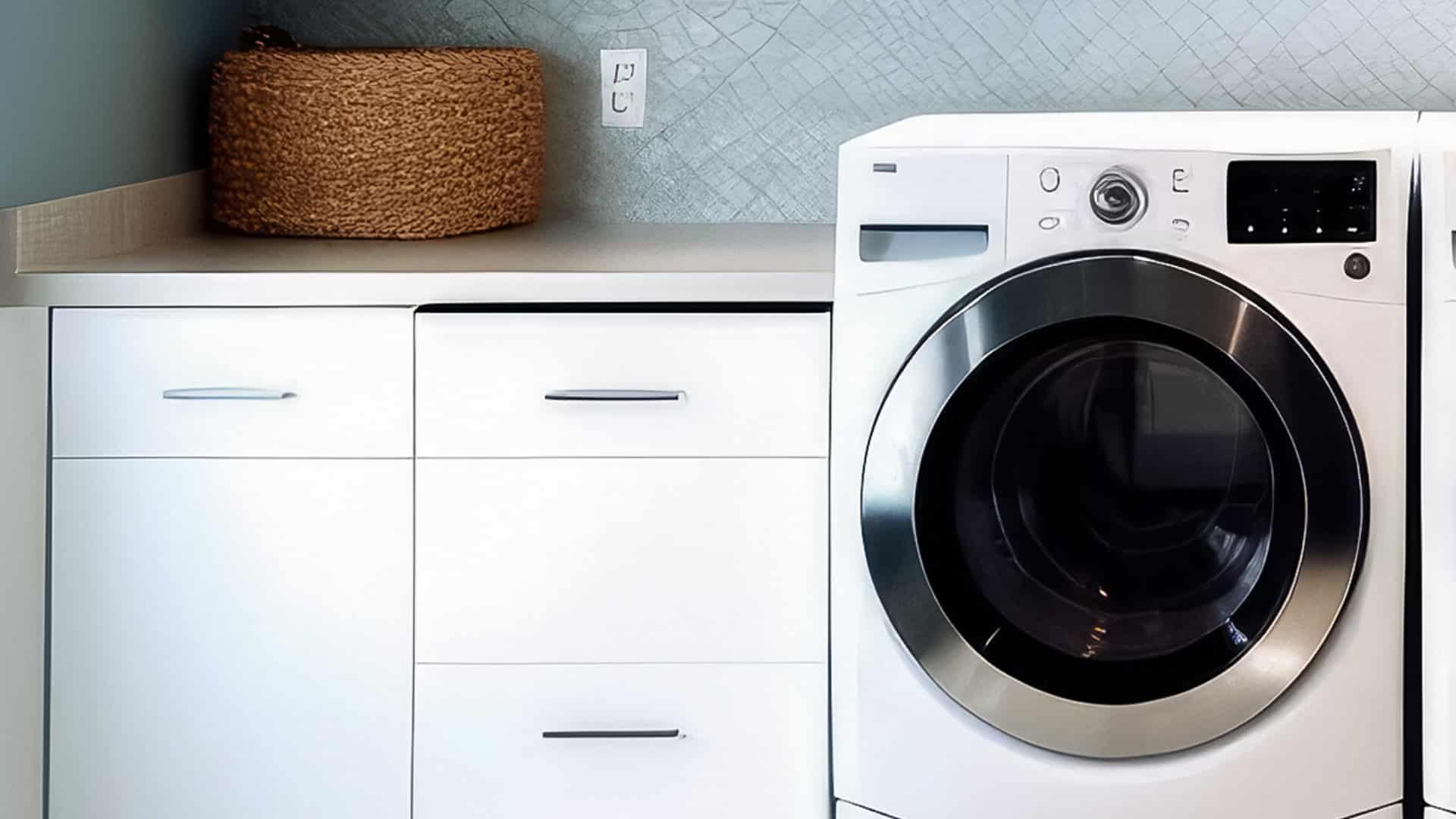
Fix Whirlpool Duet’s F20 Error Code
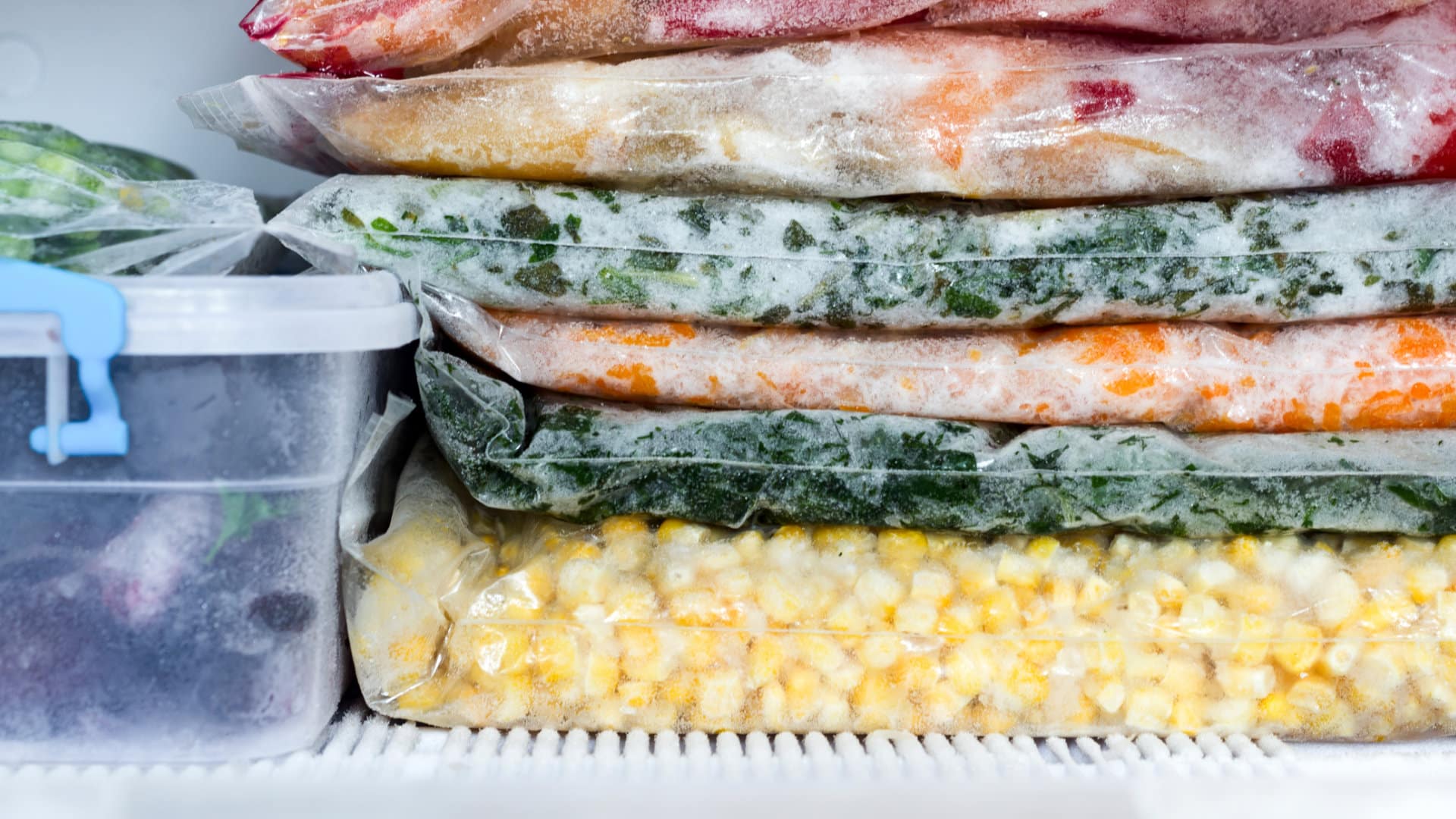
Freezer Working But Not Fridge? 5 Fixes

Speed Queen Washer Error Codes Explained
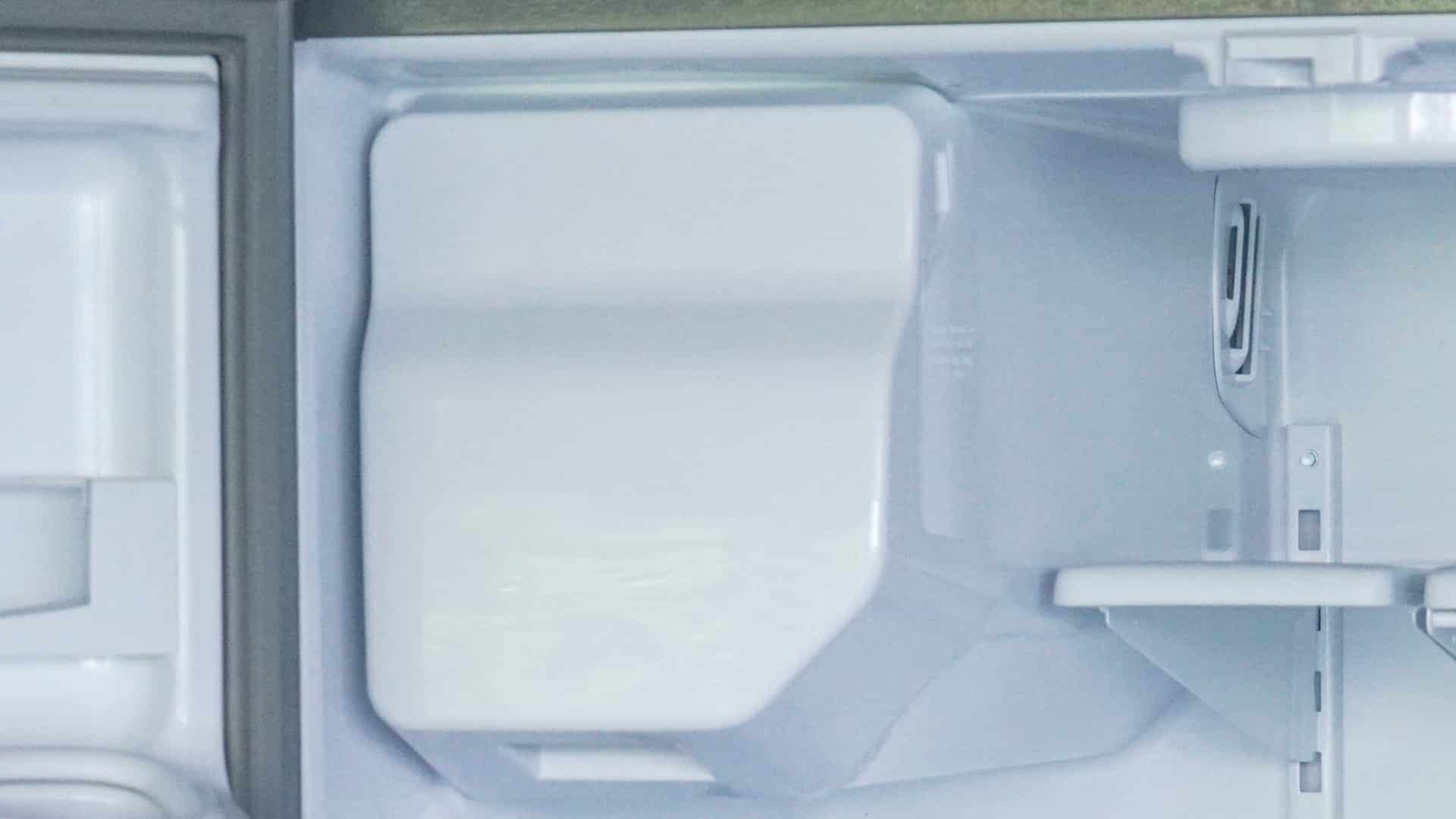
7 Reasons Why Your KitchenAid Ice Maker Isn’t Working

LG Oven F9 Error: Here’s How to Fix It
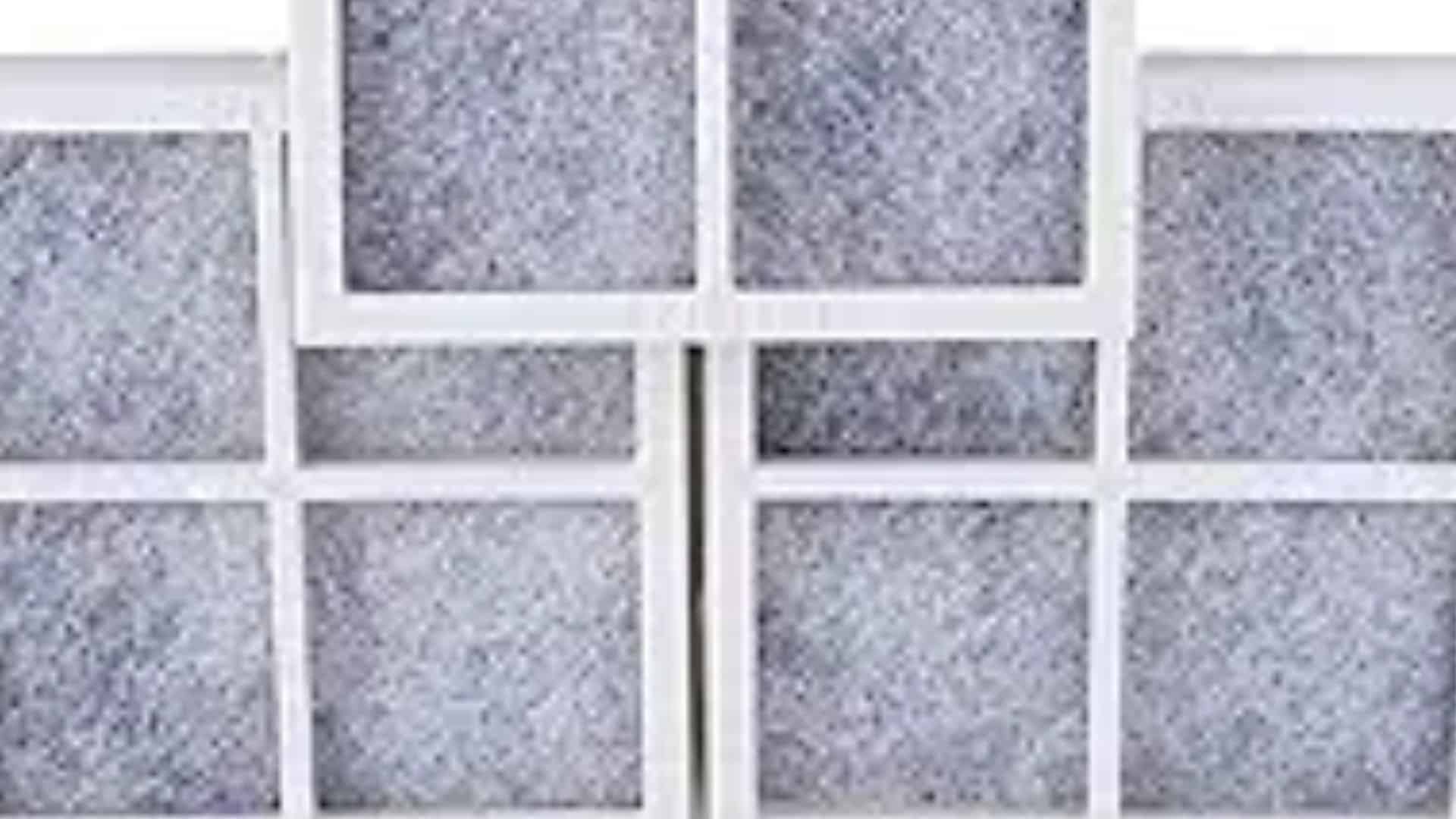
How to Replace an LG Refrigerator Air Filter
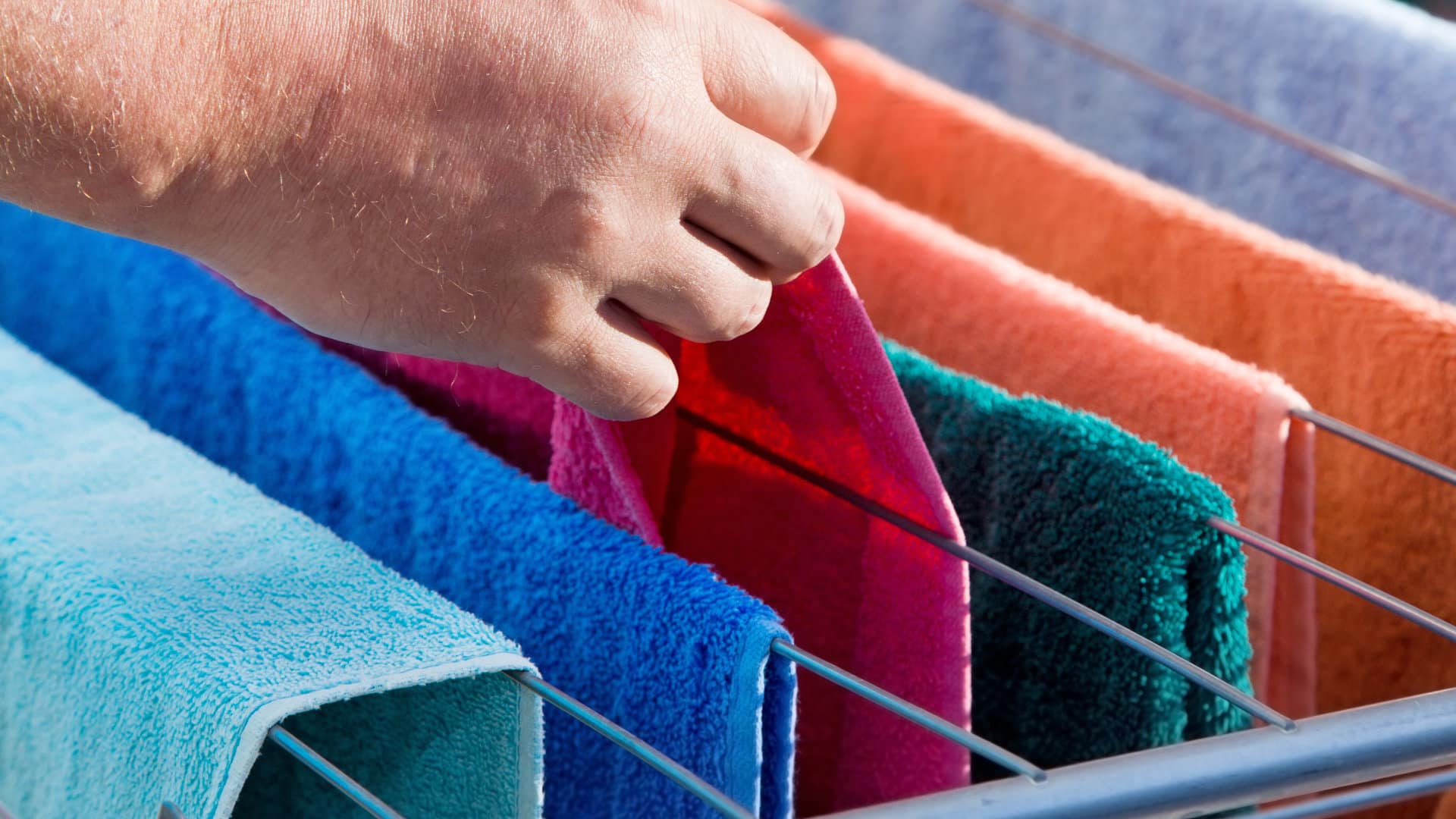
What Do Dryer Sheets Do?

How to Cook Corn on the Cob in the Microwave
